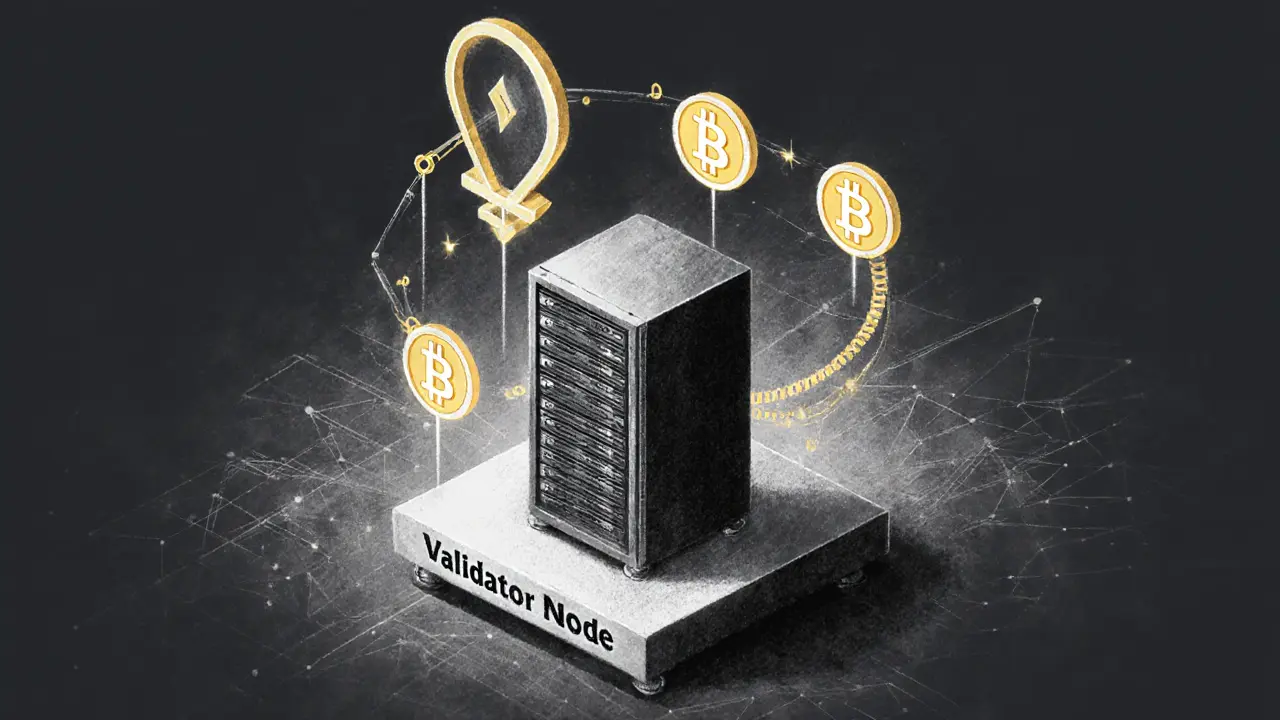Explore how validator rewards, commissions, slashing, and staking pools shape PoS blockchain economics and what it means for investors in 2025.
Validator Commissions – What They Are and Why They Matter
When you hear about Validator Commissions, the fees taken by blockchain validators from delegators’ staking rewards in proof‑of‑stake networks. Also known as validator fees, it is a core part of any PoS ecosystem because it directly links network security to economic incentives. Staking Rewards, the earnings delegators receive for locking tokens in a PoS network get sliced by these commissions, so understanding the split helps you estimate real‑world returns. Likewise, Blockchain Validators, the nodes that propose and finalize blocks in a proof‑of‑stake chain rely on commissions to cover operating costs and stay honest. In short, validator commissions sit at the intersection of reward distribution, network health, and user profit.
Key Factors That Shape Validator Commissions
The amount you pay isn’t random; it’s shaped by the Proof‑of‑Stake, a consensus model where validators lock up tokens to earn the right to create new blocks protocol itself. Different chains set a maximum commission ceiling, while some let validators choose any rate between 0% and that cap. A higher commission can attract more delegators only if the validator demonstrates superior uptime, lower latency, or premium services such as automatic re‑delegate rewards. On the flip side, low‑commission validators often compensate with less robust infrastructure, which could increase slashing risk. The relationship works like this: validator commissions influence delegator behavior, and delegator behavior feeds back into the security of the network – a classic semantic triple where commission policy affects validator selection, and validator selection impacts consensus safety.
Another piece of the puzzle is delegation fees that come from the act of assigning your stake to a validator. Some platforms bundle the commission with a flat delegation fee, while others keep them separate. This matters because a validator with a 2% commission but a hefty delegation fee may end up costing you more than a 5% commission with no extra fee. Tools that compare validators typically pull data on commission percentages, uptime stats, and historical reward performance, letting you spot the sweet spot between cost and reliability. When you’re evaluating options, ask yourself: does the validator’s commission reflect the quality of service, or is it just a grab for short‑term profit? Answering that question helps you pick a validator that balances low fees with high security, which ultimately protects your staking rewards.
Now that you know how commissions, rewards, and network design intertwine, you’re ready to apply this knowledge. Below you’ll find a curated set of articles that dive deeper into specific token airdrops, hard‑fork impacts, and exchange reviews – all of which touch on how validator fees shape the broader crypto landscape. Use the insights to fine‑tune your delegation strategy, compare fee structures across chains, and keep your crypto earnings on the right side of the ledger.

